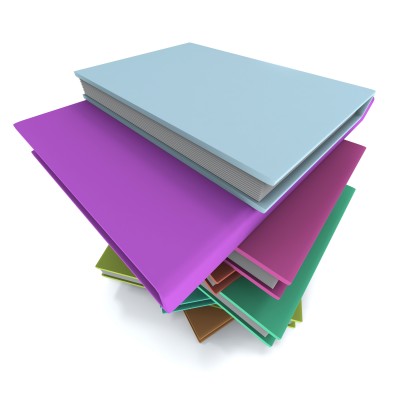I hope you find my writing and business tips and observations useful. My business and blog are dedicated to helping businesses communicate clearly and reach their potential.
Read, subscribe to my newsletter, enjoy!Tash
Making procedure manuals accessible
Looking back at what I’ve written in previous June, I came across a post from 2011 about making manuals less intimidatingand therefore simpler to use.
A manual or instruction guide is just a collection of procedures. If each procedure is written well, they are useful documents to have in any business.
Once people are used to having good procedures to follow, it is a simple step to make manuals accessible rather than intimidating and officious.
Manuals can be presented in many ways
Even to me, the word manual conjures up images of big heavy folders, covered in dust, and difficult to use.
There is no need for all your procedures to be kept in a heavy (or light!) folder. Make it more accessible with any or all of the following ideas:
- put individual procedures where they are used. So the procedure for how to use a piece of equipment is stuck on the wall near that piece of equipment or inside it’s case if the equipment is portable
- make the procedures available in soft copy in a series of folders – looking in an electronic folder is something most people are now used to while hyperlinks and search functions make it even easier to find the right procedure
- for procedures you do need to print out, put only related procedures in each folder so they can be stored where needed and handled with ease
- think about other ways to have all procedures (and perhaps your policies as well) together. Maybe a tablet or e-reader would be more useful in your situation – there is a search function, version control is easy and the collection is light to carry around and use
What creative ways can you think of for presenting procedures in your business?
A manual by any other name…
It’s an officious sounding word for many people, and certainly a daunting prospect if you have to write or update the manual for your business. So much so, that people often avoid having a procedures or operations manual or just call it something less intimidating.
Which raises the first question – what is a manual?
Really it is just a collection of ideas and instructions to help operate something efficiently. It may be boring to read the manual that came with your new iPod, phone or TV but it is very handy when you can’t figure out how to set it up or use the advanced features.
Manuals range from a few pages long to hundreds and even thousands of pages long, depending on the purpose of the manual. Obviously the manual to run a multi-million dollar business will be longer than the manual for your home printer, but the concept is the same.
Here are a few tips to make the concept of a manual less intimidating in your business:
- call it something other than a manual if the name has negative associations for you – options include guidelines, procedures, rules, ‘helpful information’, policies and the ‘how to book’
- make sure to write it (or get it written) in simple terms so it’s easy to understand
- present it in an accessible way – a heavy folder stored on a high shelf will be ignored but a shared computer file on your intranet is much easier to use
- divide the manual into usable chunks – much better to have a long index than instructions that go for pages and cover many tasks
If you are starting a new manual from scratch, you have the advantage of making it friendly from the start, and preparing procedures and style guides doesn’t have to be frightening either!
Thinking about manuals you’ve had to use in the past, what were some of the big issues with them?
Having procedures
If you have worked in the corporate world, you know that big businesses have procedure manuals and policies for how things are to be done. They may vary in effectiveness, but they have been thought out and written.
Maybe you consider this something that only belongs to big business, but small and medium businesses should also have some procedures written out.
A small business will have fewer procedures, may not call it a manual and may be more flexible in their approach, but the concept is the same.
Why have procedures?
Many small business owners, especially sole traders, know how to run their business so don’t see any reason to write down their procedures. But what happens when the owner isn’t the one trying to carry out a particular task one day?
By having procedures written down, someone else is able do the job with minimal disruption to clients and the overall business.
Here are some the main reasons to have procedures written down for your business:
- Someone is able to fill in for you if you are sick or go on holidays
- Less time is required to train new staff
- You have a system to sell, either as a franchise or if you sell the entire business
- There are less likely to be human errors because someone forgets a key step
- Clients receive consistent answers and service
For some tips on how to start getting some procedures for your business, read my article on business procedures. For a full run on why procedures are useful and how to use them as well as how to prepare procedures for your business, my preparing procedures eBook is jam-packed with information and tips.



Recent Comments